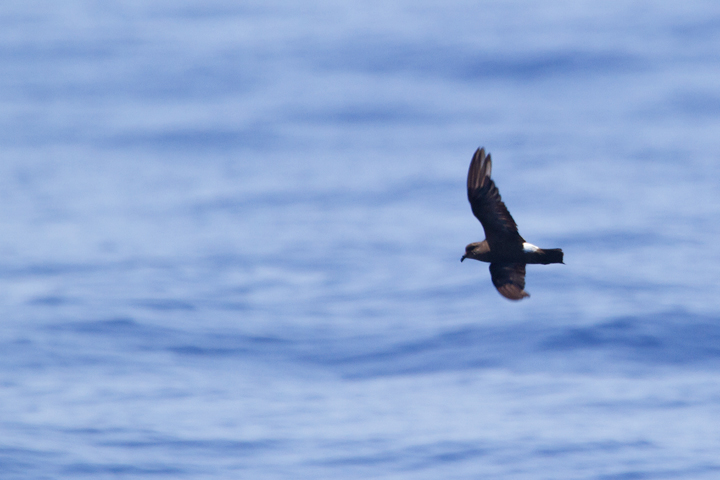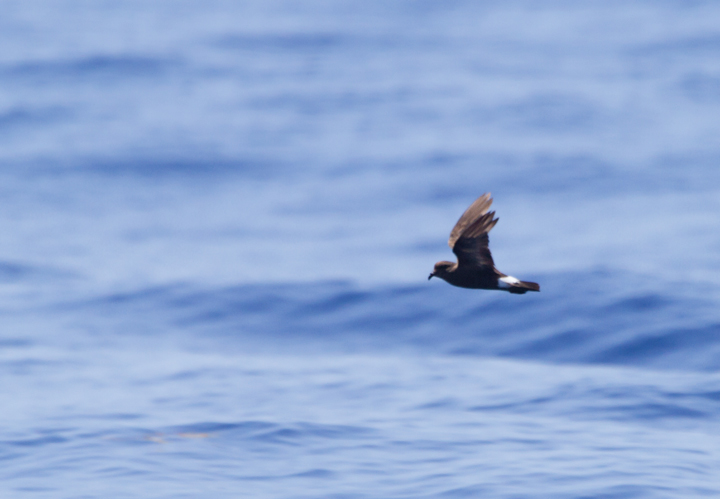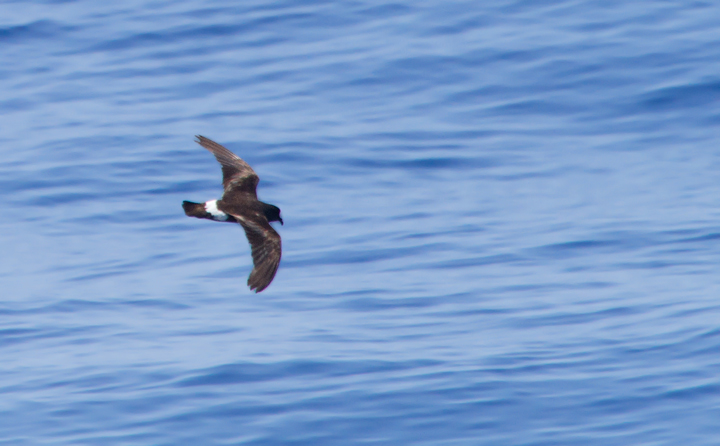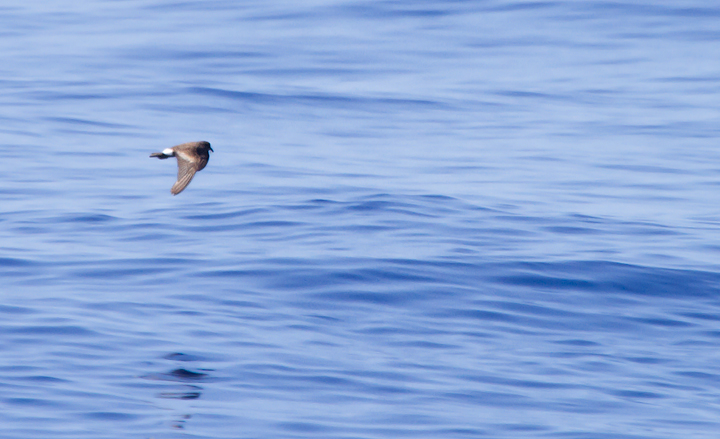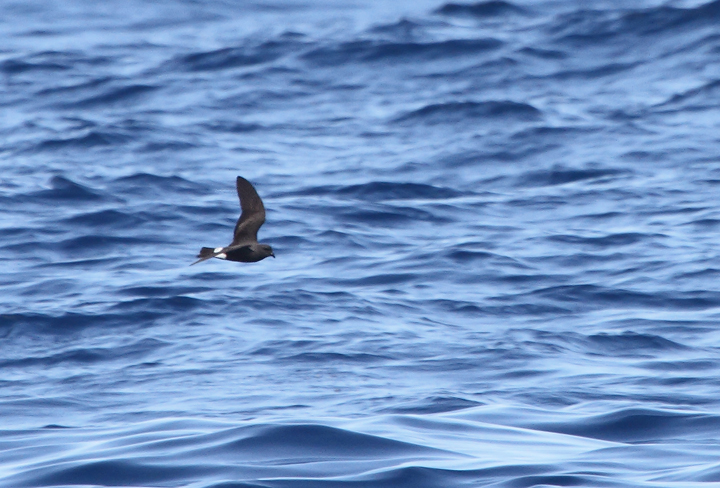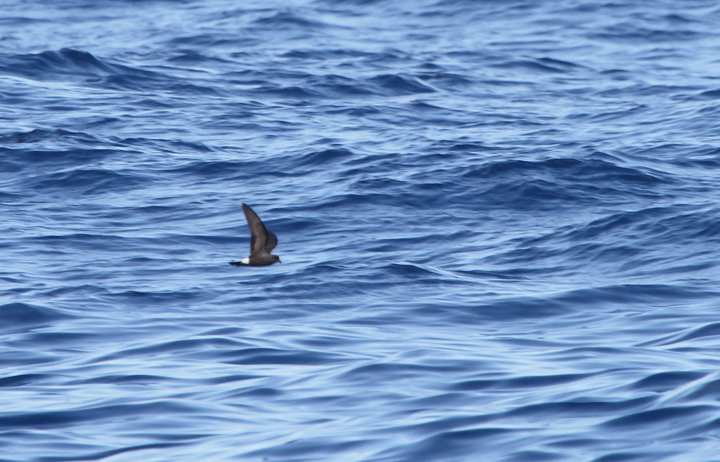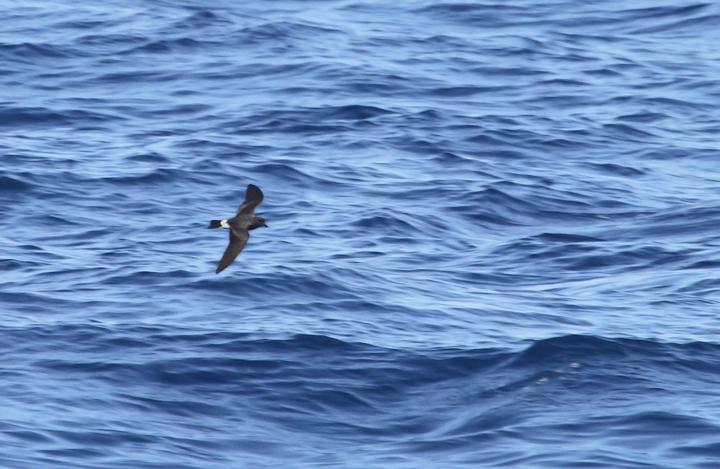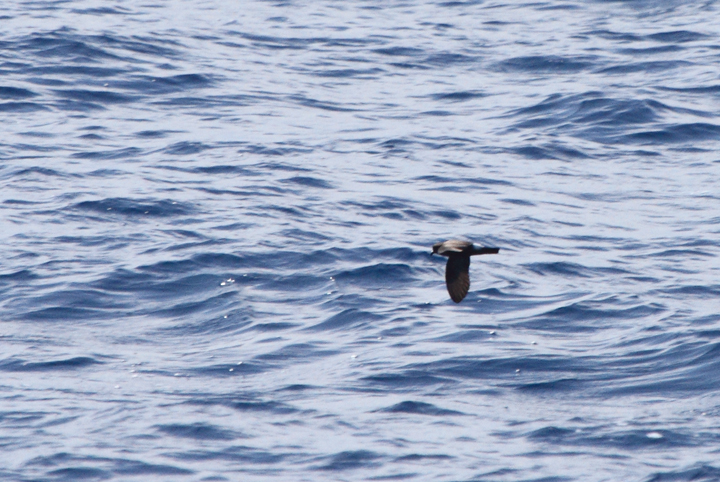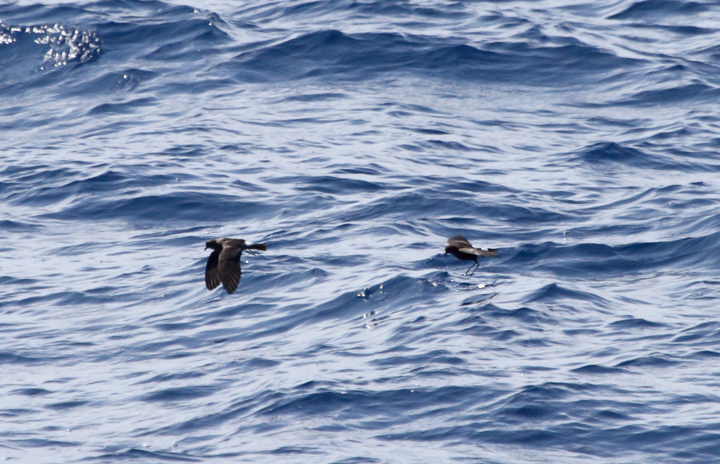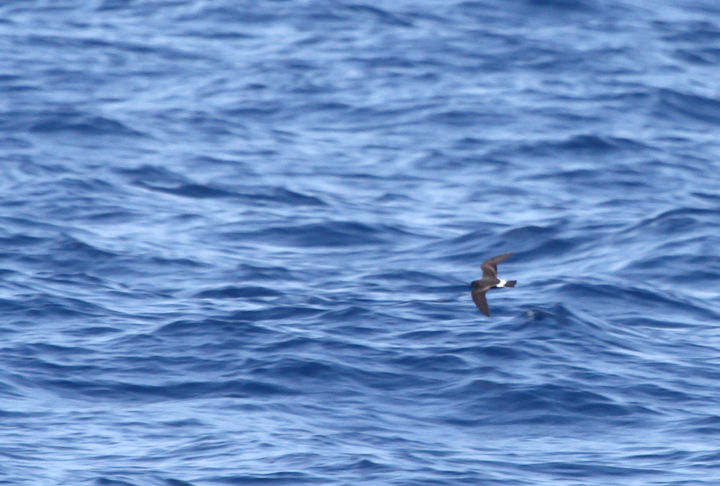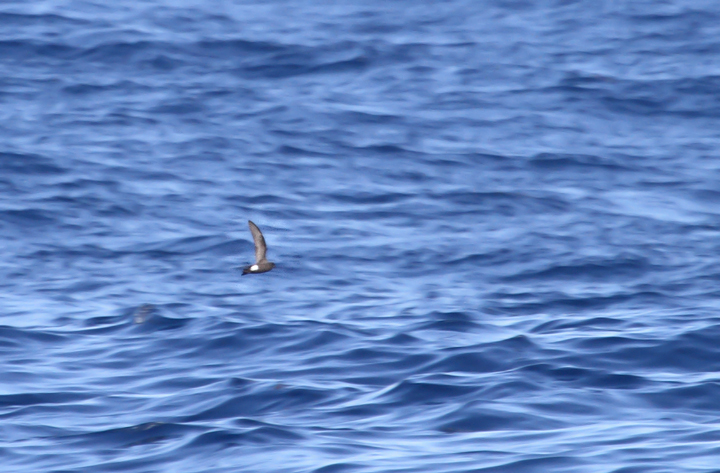Band-rumped Storm-Petrel (Oceanodroma castro)
Above and below: One of two Band-rumped Storm-Petrels documented 95 miles offshore in Maryland and New Jersey waters (8/15/2010). Click any image for full-size. There are three previous reports of this species in Maryland, one accepted (8/17/1997, Baltimore Canyon) and two others ready/reviewable (7/13/2006, Scotland/Chesapeake Bay and 8/24/2007, Pelagic). There are four different populations of this species that could someday be treated as full species. Grant's breeds in the Azores, Madeira, Selvagens, Canaries, and Berlengas. Madeiran breeds in Madeira, Selvagens, and rarely in the Canaries. Monteiro's breeds in the Azores, and Cape Verde only on Cape Verde (Petrels Night and Day). Hopefully we'll be able to establish the bird(s) shown here as belonging to one of those specific populations.
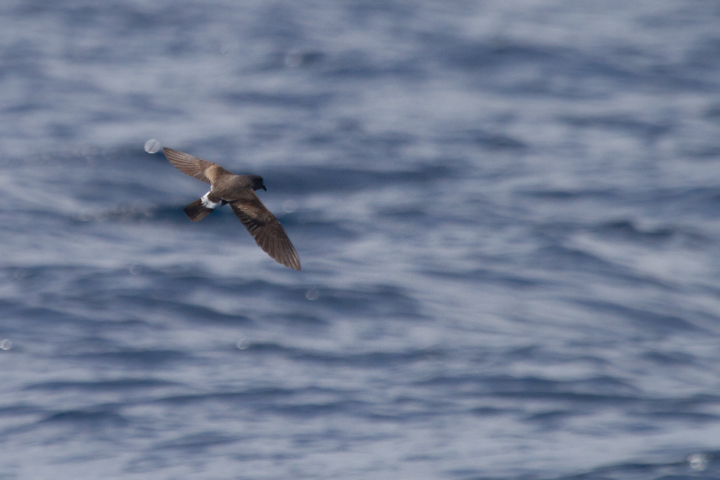
Above and below: A Band-rumped Storm-Petrel in fresh plumage off Cape Hatteras, North Carolina (5/28/2011). Experts appear to consider birds in this plumage here on this date to be probable Madeiran Storm-Petrel (O. c. castro). This summer-breeding population nests off Africa in the Madeira Archipelago as far south as the Canary Islands.
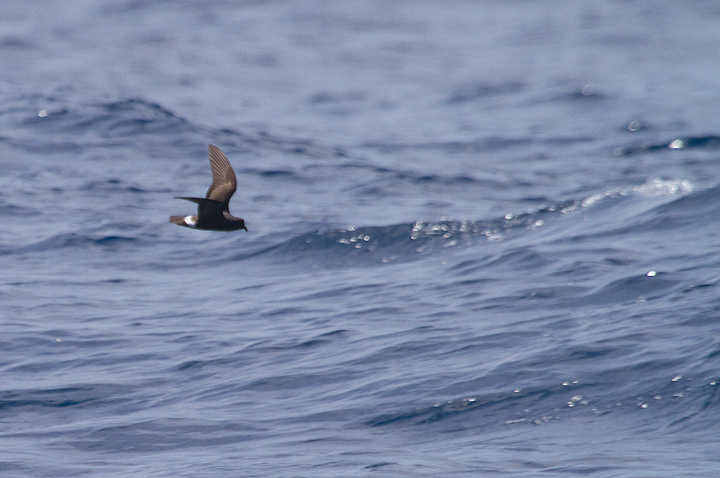
Below: Another Band-rumped in fresh plumage, probably Madeiran Storm-Petrel, off Cape Hatteras, North Carolina (5/28/2011).
See the following excellent article by Howell, Patteson, Sutherland, Shoch:
Occurrence and identification of the Band-rumped Storm-Petrel (Oceanodroma castro) complex off North Carolina
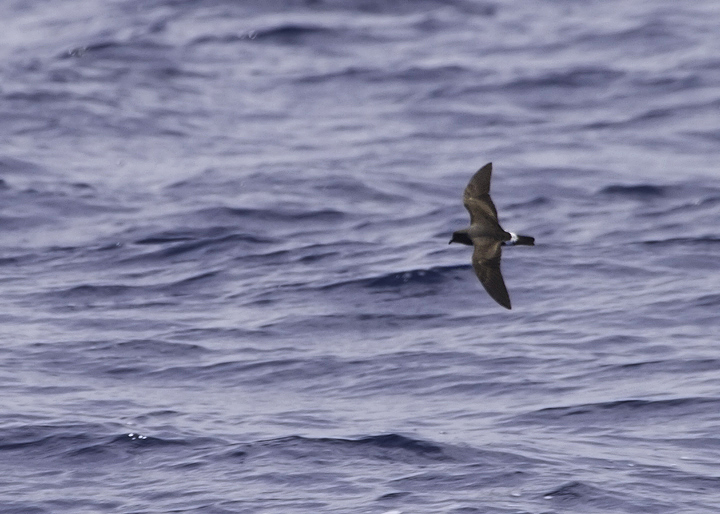
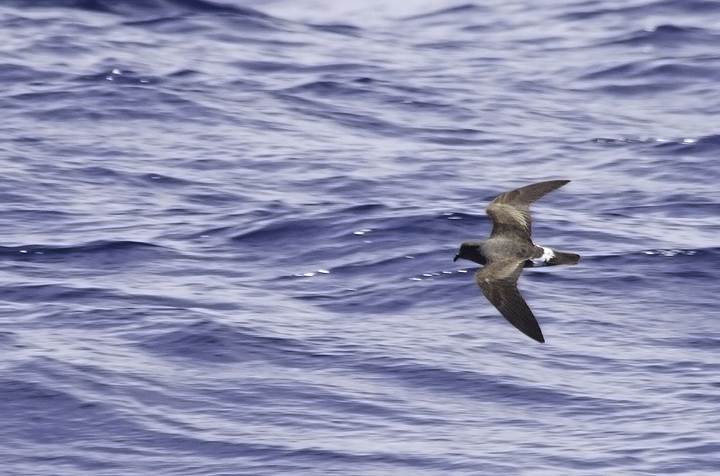
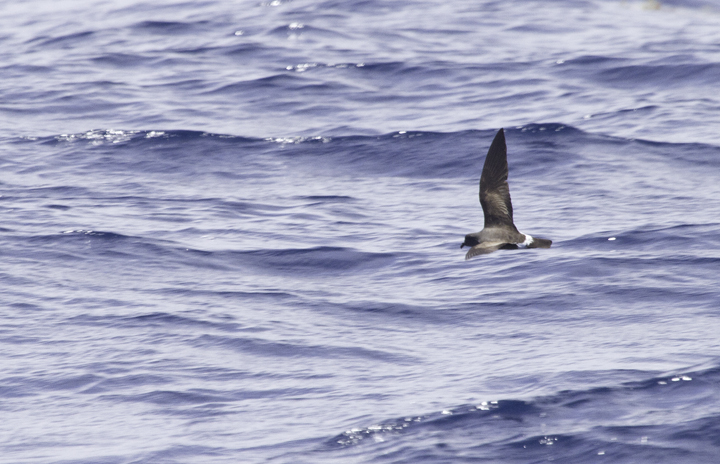
Below: A worn Band-rumped Storm-Petrel, presumably Grant's Storm-Petrel, far off Cape Hatteras, North Carolina (5/28/2011). This population nests more widely in the Azores and south to the Canary Islands, mainly in October-November (Howell, Patteson, et al.).
